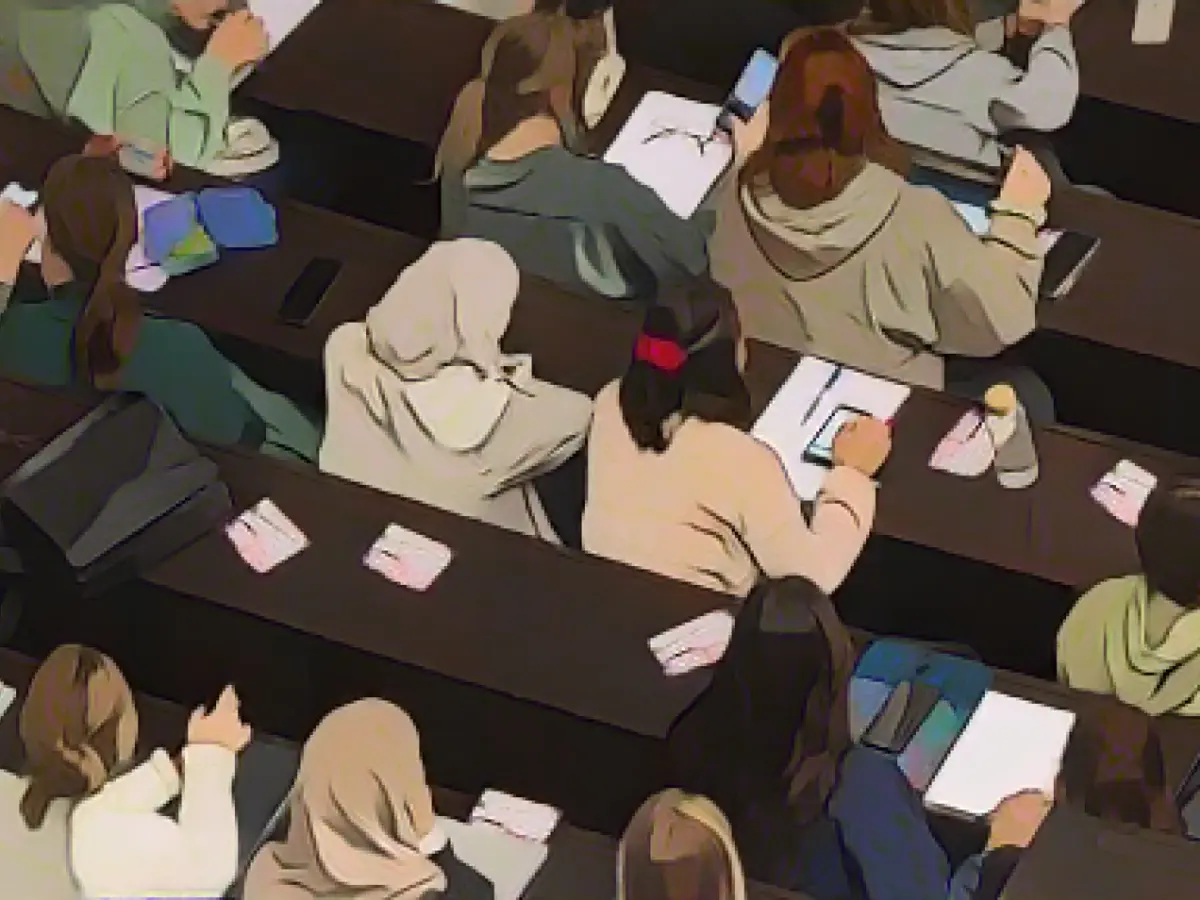Title: Saxony Leads in Student Financing with Bafög, Yet Most Rely on Parents and Jobs
New findings from the CHE Center for Higher Education Development reveal that Saxony boasts the highest proportion of students utilizing Bafög state funding, with 19,186 individuals receiving support in 2022, accounting for 18.3% of the student body. This surpasses the national average of 11.5% in Germany.
While Bafög dominates funding in Saxony, alternative sources like scholarships play a smaller role, with a higher national average percentage. Conversely, the number of new student loans issued through KfW was relatively low, similar to four other states, with only 404 loans given out in 2022. Surprisingly, part-time employment was underrepresented in Saxony, as the third-lowest proportion of students held down a job in 2021.
Germany's student finance landscape sees around 6 out of 10 students going without relying on Bafög, scholarships, or state loans, according to study author Ulrich Müller. Financial assistance from parents and part-time jobs emerged as the leading methods of financing for students nationwide.
Müller raised concerns about the need for reform, emphasizing that balancing societal equity in higher education financing should not depend on a student's familial wealth or the flexibility of their chosen course program.
Addressing Inequalities in Student Financing: Solutions
In light of the disparities highlighted in the study, several avenues are being explored to level the playing field for students in Saxony and other regions. This includes:
- Increasing Scholarship Funding: Scholarships, such as DAAD, Deutsch MODERNSTUDIANT, and Erasmus+, offer financial support for students pursuing undergraduate, master’s, and Ph.D. degrees.
- Part-time Job Opportunities: Convenient university roles like research assistantships, library positions, and administrative support can be an invaluable source of income and experience. Retail, hospitality, tutoring, teaching, and internships are other options that provide flexible hours and income.
- Regulations and Support: Specific rules and regulations govern international students' work permissions, ensuring they can balance their studies with part-time jobs without violating any local labor laws.
- Affordable Housing Options: Student dormitories, shared apartments (WG), and private rentals provide reasonably priced housing alternatives for students, with costs ranging from €150 to €500 per month.
- Financial Planning and Taxation: Students can benefit from tax-free earnings up to €11,604 and make the most of university resources like career centers, job boards, and campus employment services.
Overcoming Challenges in Attracting and Retaining International Students
Unlike other states, Saxony faces unique hurdles in attracting and keeping international students. Collaboration between universities and local industries is crucial to fostering a dynamic environment that promotes equitable access to higher education.
Sources:
[1]
[2]
[3]








